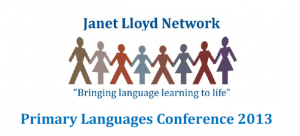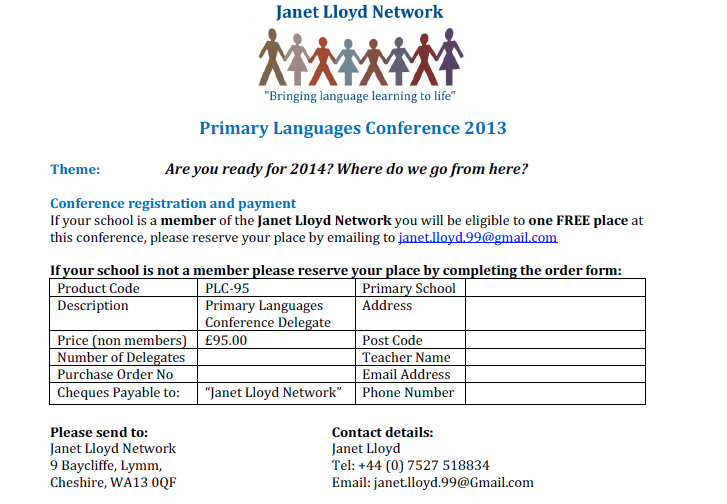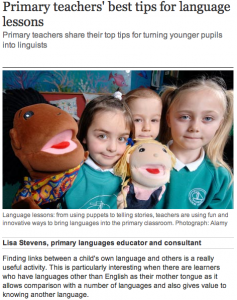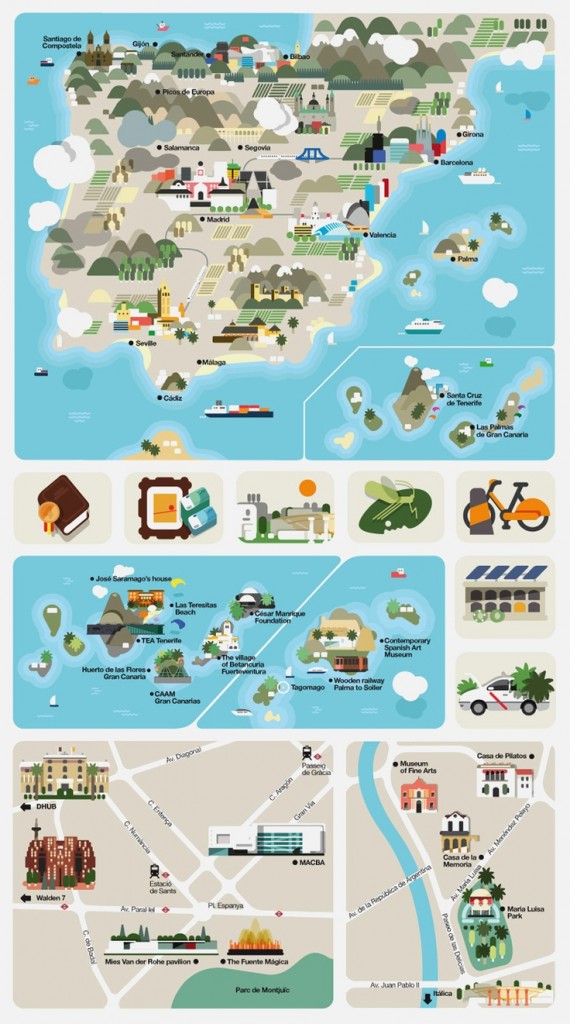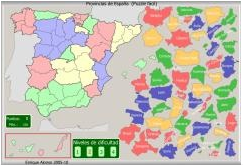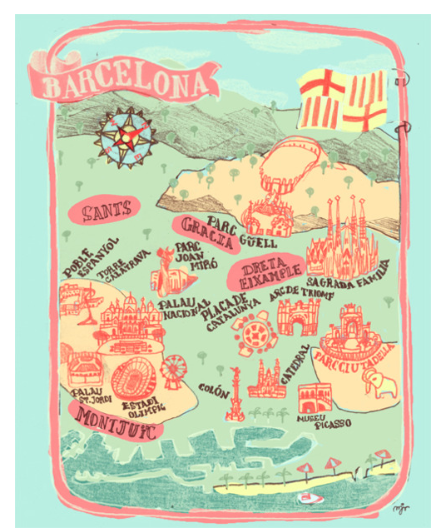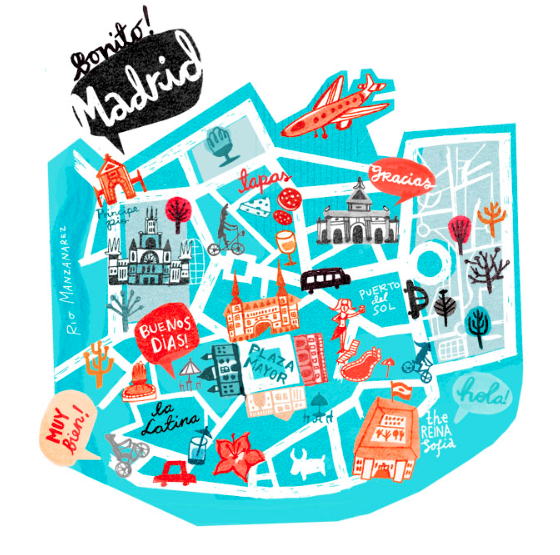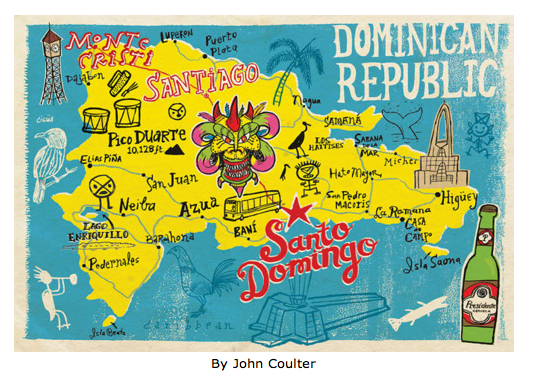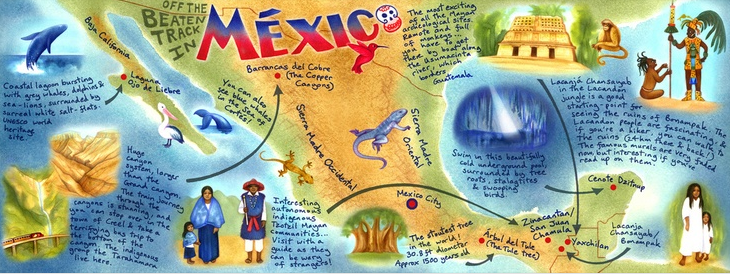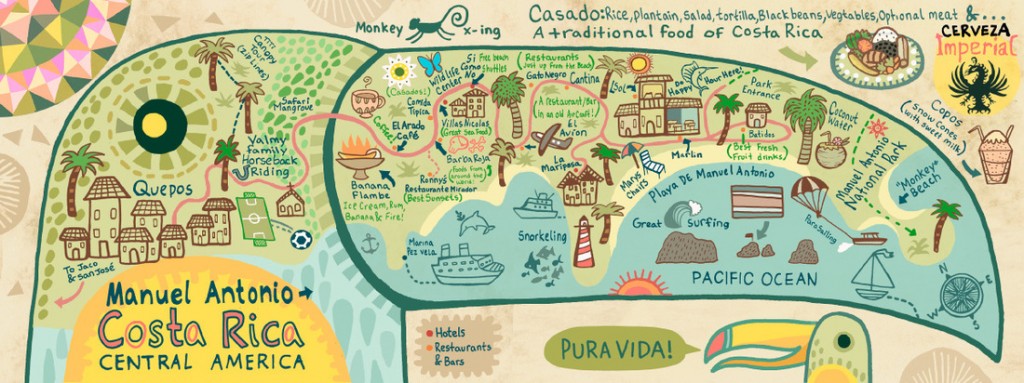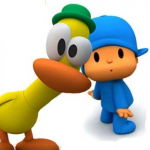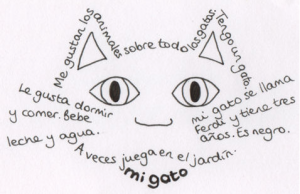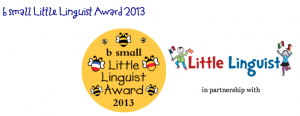
I will never ever forget my visit to Cal Figarot, HQ of Els Castellers de Vilafranca. An overwhelming evening of fun, fear and awe that left me quite emotional as we watched – and participated in a small way – in a rehearsal of this very special group of ‘human tower builders’. (Sadly the photographs disappeared when my website was hacked, and the links to my school website are out of date too – I’ll upload them again when I have a moment!) Therefore I am a little sad that I’m not in the UK at the moment as they’re ‘on tour!’
The Human Towers are a three hundred year old tradition of building multi-story human towers called “castells”. The great Human Towers perform at many Mediterranean town festivals and are one of the oldest and most spectacular traditions in Barcelona and Catalonia.
The 170 member Castellers de Vilafranca, the world’s best Human Towers team, will debut in London on Friday, 19th April, at Potters Field Park near London Bridge. Each tower will be an exercise in intense concentration, strength and balance as the barefooted participants form successively smaller tiers – resembling a human wedding cake – by climbing up the bodies of each layer to mount the shoulders of the previous tier until the tower is complete.
Once UNESCO had declared the Human Towers as Intangible Cultural Heritage [2010], a huge festival was hosted in the Old Estrella Damm Factory in celebration, in the heart of Barcelona during which a variety of concerts took place and human towers were built to commemorate the much anticipated recognition. It is estimated that over 2,500 people attended the large-scale event.
(from Estrella Damm press release)
The Castellers will in London from Friday 19th April – Sunday 21st April, performing in various places. The schedule is below and I’ve attached a PDF as well. If you are in or around London, or fancy a day trip, I know that you will not be disappointed. ‘Human towers’ are gobsmacking – and this lot are record breaking world champions!
A5 FlyerDEFINITIU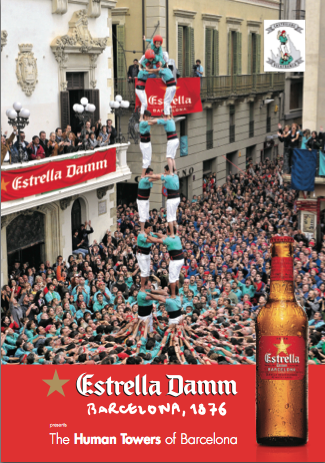
CASTELLERS DE VILAFRANCA
THE HUMAN TOWERS OF BARCELONA
IN LONDON
19th – 21st April 2013
Friday 19th April
12.00 h Performance at Potters Fields Park, Tooley Street, Southwark. London Bridge Station. Sponsored by Estrella Damm
17.00 h Performance at Broadgate Circle, City of London. Moorgate Station. Sponsored by Estrella Damm
18.00 h Performance at Broadgate Circle, City of London. Moorgate Station. Sponsored by Estrella Damm
Saturday 20th April
12.00 h Performance at Clapham Common, near the Windmill, South Side, Lambeth. Clapham Common Station. Sponsored by Estrella Damm
13.00 h Performance at Clapham Common, near the Windmill, South Side, Lambeth. Clapham Common Station. Sponsored by Estrella Damm
14.00 h Performance at Clapham Common, near the Windmill, South Side, Lambeth. Clapham Common Station. Sponsored by Estrella Damm
Sunday 21st April
11.00 h Performance at Millennium Bridge, near the museum, Bankside, Southwark. Mansion House Station
13.00 h Performance at Borough Market, 8 Southwark Street, Southwark. London Bridge Station. St. George’s Day Celebration
Supported by:
Estrella Damm, Barcelona 1876
Equity Point London
Delegation of Catalonia to the United Kingdom
Institut Ramon Llull London
Catalans UK
Vilafranca del Penedès City Council

And if you can’t make it, they’ll be in Salisbury in June. And you can catch the passion in the below video.
httpv://youtu.be/vAaiF0__x1I
PS There’s a movie about them too! The Human Towers
